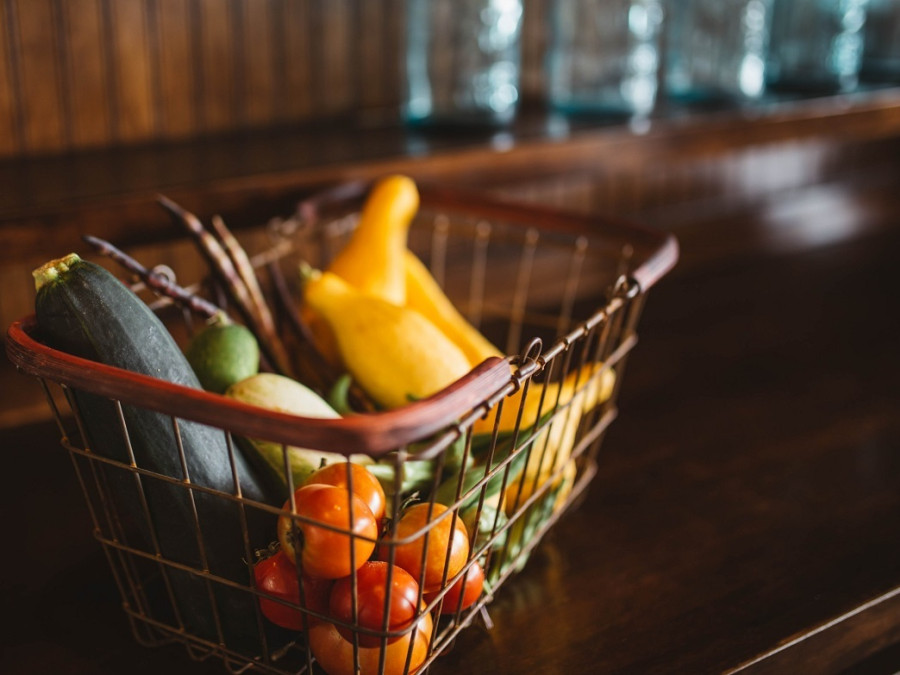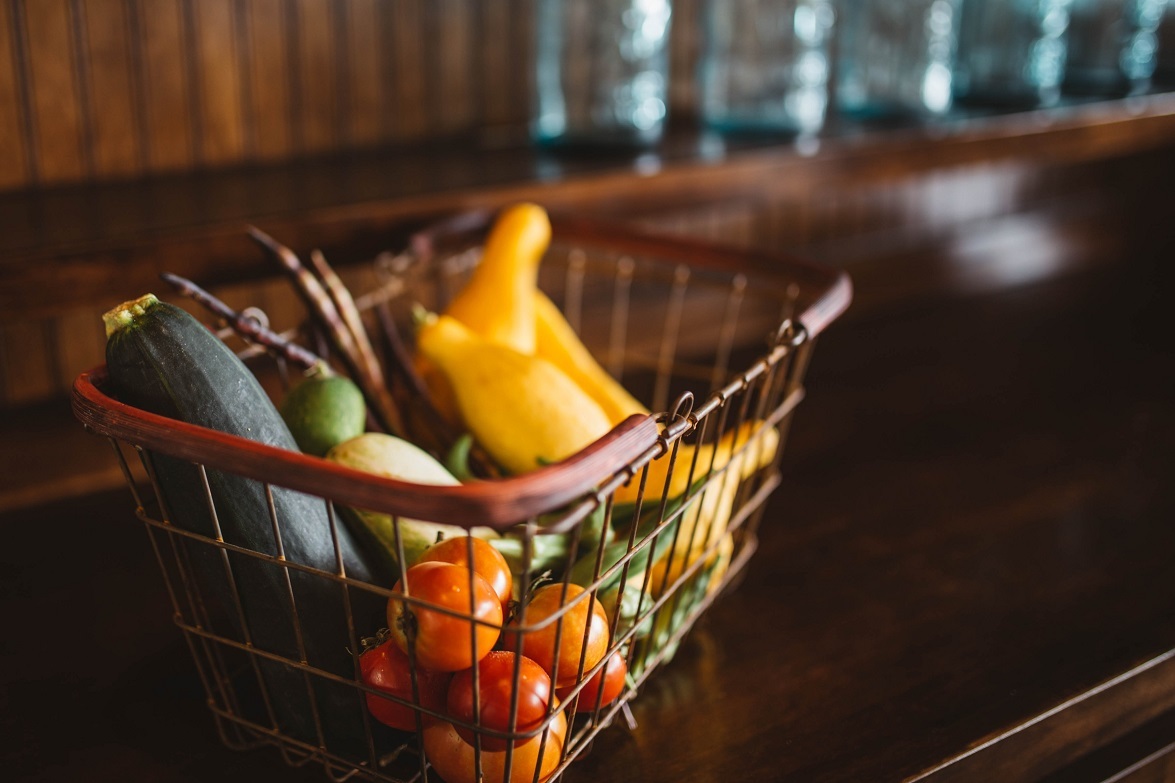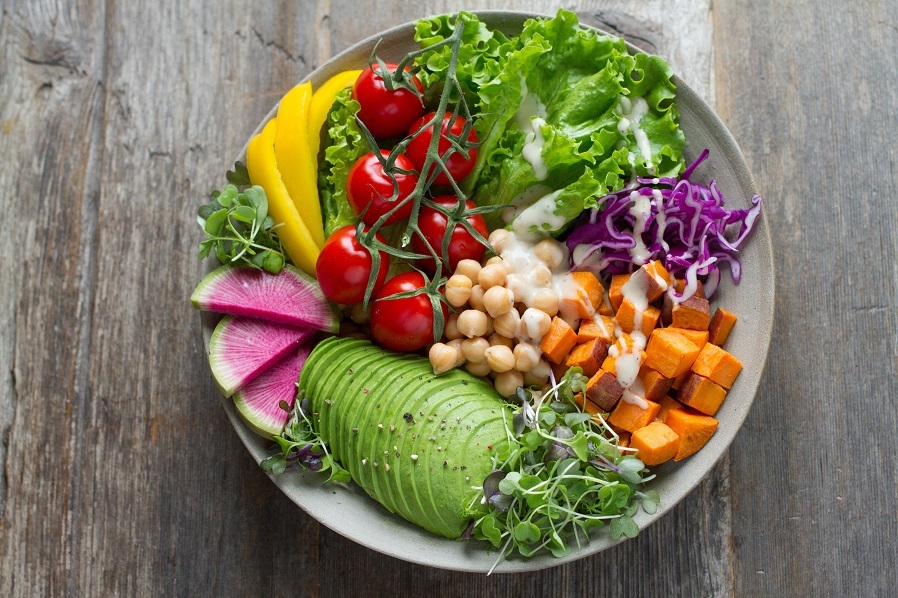Fruit and vegetables are a key component of your daily diet. They contain vitamins and minerals including fibre, folic acid, Vitamins A, C and E, magnesium and zinc to keep you healthy and can help protect against diseases.
Protection against diseases
Evidence-based scientific research has shown that if you regularly eat lots of fruit and vegetables you have a lower risk of:
How many fruit and vegetables should you eat each day?
Aim for at least five serves of vegetables and two serves of fruit each day and try to choose different colours and varieties.
One serve of fruit is 150g or:
- 1 medium sized piece (e.g., apple)
- 2 smaller pieces (e.g., apricots)
- 1 cup canned or chopped fruit
- ½ cup (125ml) 100% fruit juice
- 1 ½ tablespoon dried fruit (e.g., sultanas or 4 dried apricot halves)
One serve of vegetables is 75g (100-350Kj) or:
- ½ cup cooked green or orange vegetables (e.g. broccoli, spinach, carrots, or pumpkin)
- ½ cup cooked dried or canned beans, peas or lentils
- ½ cup legumes
- ½ cup sweet corn½ medium potato or other starchy vegetables (sweet potato, taro, or cassava)
- 1 medium tomato
- 1 cup green leafy or raw salad vegetables
How to add more vegetables to your diet?
- Try grating or chopping up 2 or 3 extra vegetables and add to pasta sauce, mince dishes or casseroles. Carrots, zucchini, pumpkin, cauliflower, eggplant or squash.
- Add green leafy vegetables, broccoli, capsicum or mushrooms to a stir-fry.
- Roast some tomatoes with a splash of olive oil, black vinegar and pepper, pile on top of baby spinach leaves and sprinkle with feta cheese.
- Add leftover cooked vegetables into homemade pizza toppings.
- Add tomatoes, capsicum and onion onto pita bread for a delicious lunch.
- Add mixed baby lettuce or spinach leaves or bean sprouts to sandwiches, wraps and roll.
- Chop raw vegetables like carrots, celery, cherry tomatoes, snack cucumbers or baby corn and eat with a healthy dip or salsa.
- Make a healthy hummus dip by pureeing a can of chickpeas with roasted pumpkin and carrot, a tablespoon of tahini and a teaspoon of spices like curry powder or cumin and coriander. Add enough hot water to make a dip consistency.
- When eating out, order salads, vegetable soups or extra vegetable side dishes.
- Try a home delivery vegetable service or visit a grower’s market to check what is in season.
- Make mini pizzas. Spread wholegrain English muffin halves with salt reduced tomato paste, add roasted capsicum, eggplant, zucchini or left over vegetables. Top with fat reduced cheese and cook till cheese melts.
- Eat a chunky veggie soup with crusty wholegrain bread.
How to add more fruit to your diet?
- Scan the supermarket and try new varieties of fresh, canned of frozen fruit you have not tried before.
- Be adventurous and see what fruit you can add into your cooking. Add grapes, strawberries or orange slices to a salad. Grate apples into hamburger mince. Add mango, peach or nectarine slices to a stir fry. Add pomegranate seeds to salads.
- Freeze ripe bananas and blend into a smoothie with cold milk and cinnamon.
- Pack a small container of dried fruit for a lunchbox snack.
- Make a fruit puree by simmering ripe berries (or use frozen ones) in a small amount of water, with or without sugar. Cool, refrigerate and spoon over yoghurt or breakfast cereal.
Preparation and cooking tips
- Eat raw vegetables and fruits if possible.
- Try fruit or vegetables in smoothies.
- Use stir-fry, grill, microwave, bake or steam methods with non-stick cookware and mono-unsaturated oils.
- Do not overcook, to reduce nutrient loss
Fruits and veggies that are similar in colour generally contain similar protective compounds, so try to eat a rainbow of colourful fruits and vegetables to get the full range of health benefits.
Take the healthy eating quiz today to get personalised feedback on your fruit and veggies with tips on how to improve your overall eating habits!





